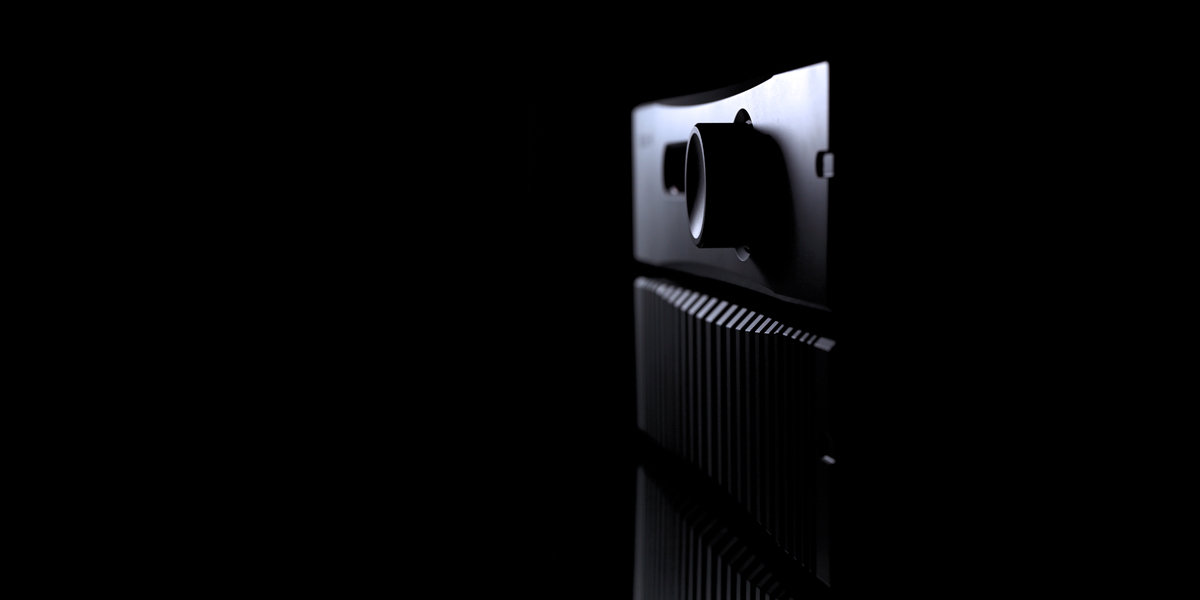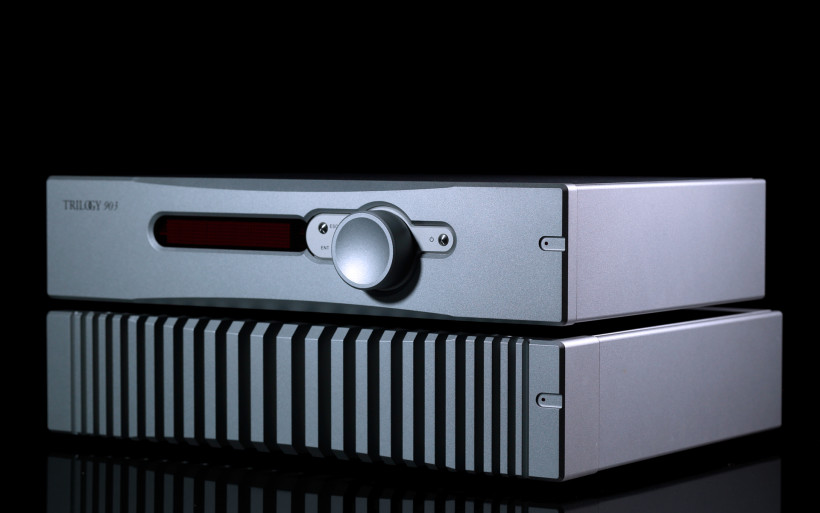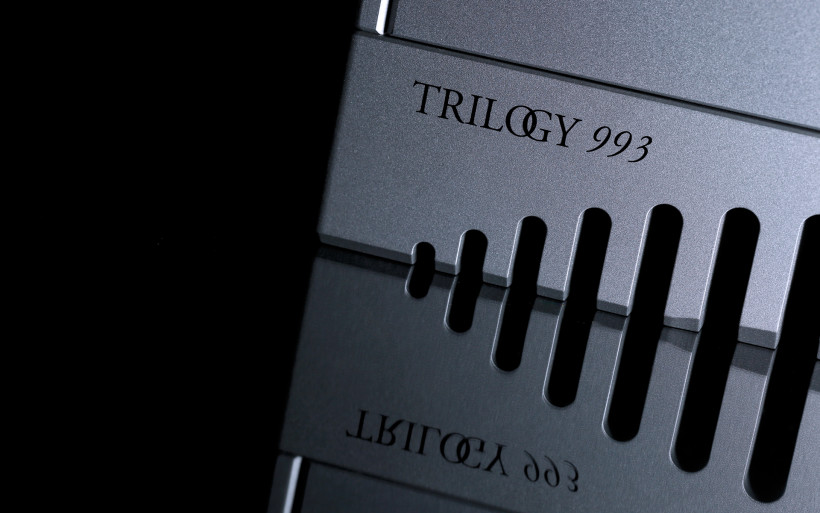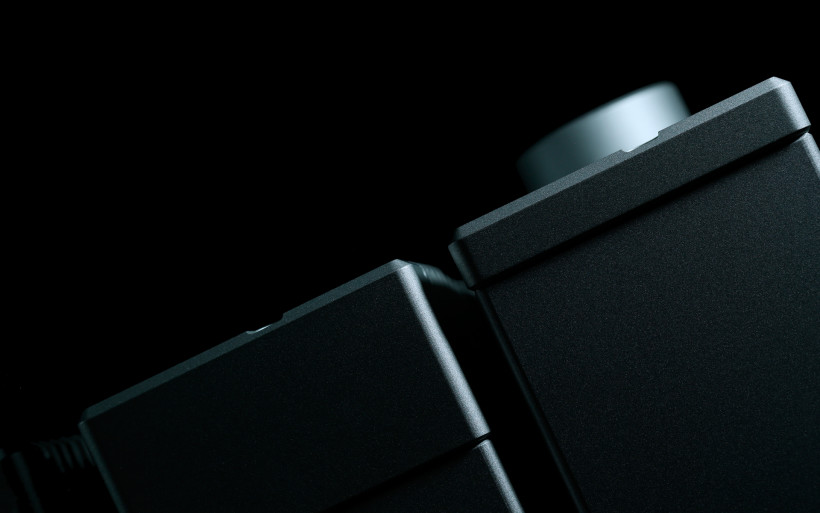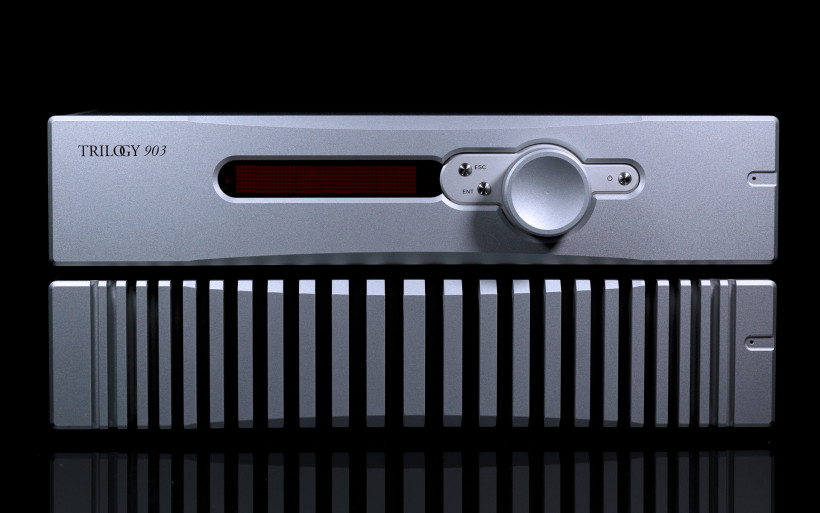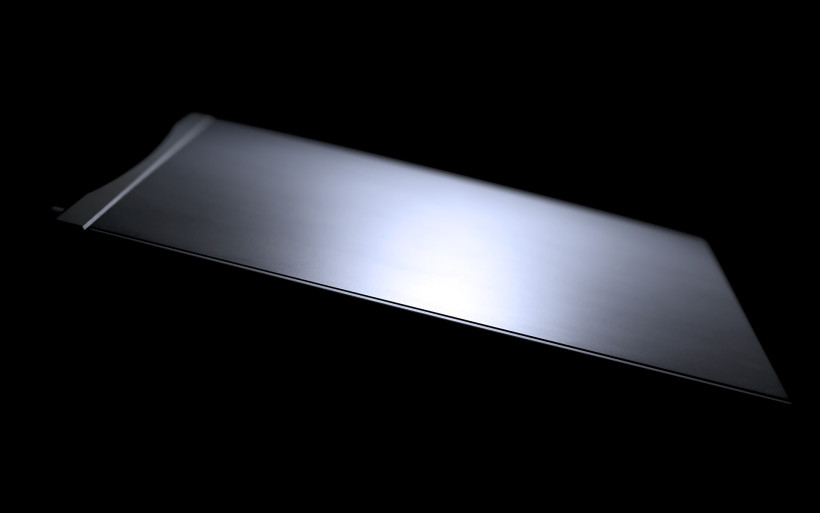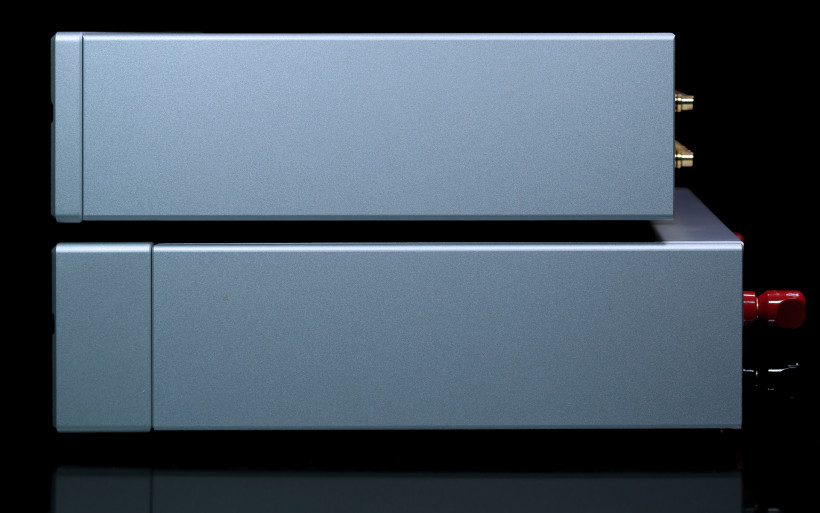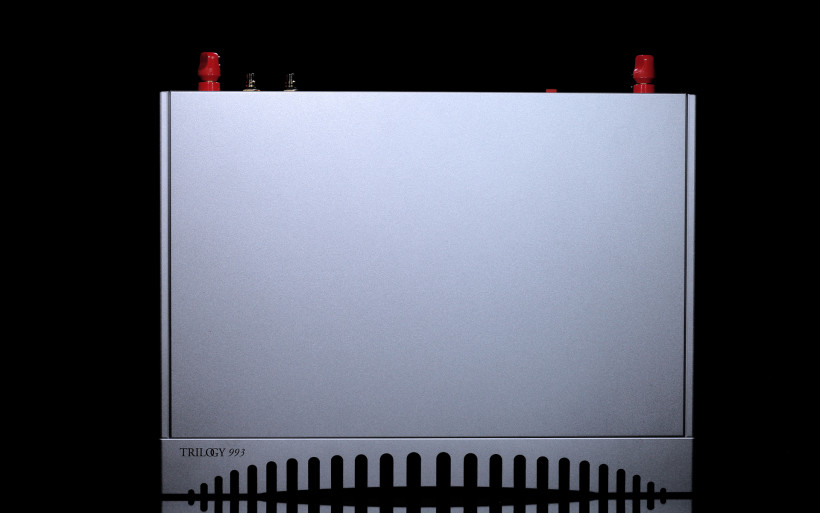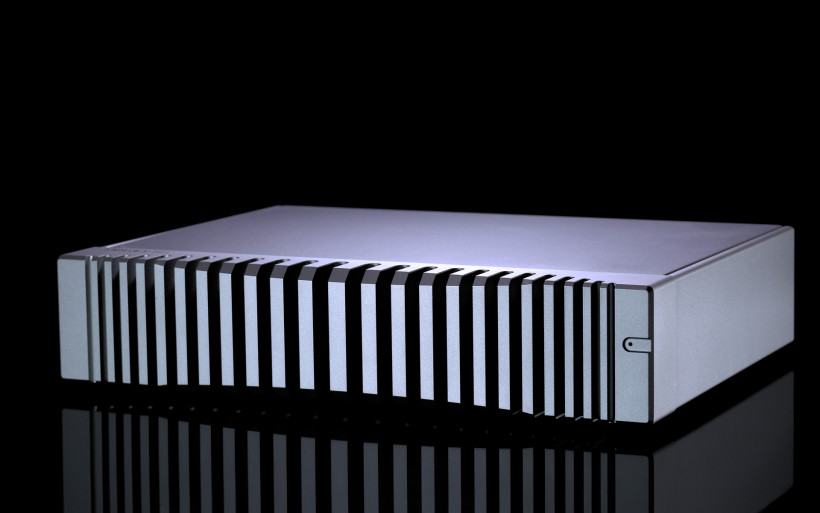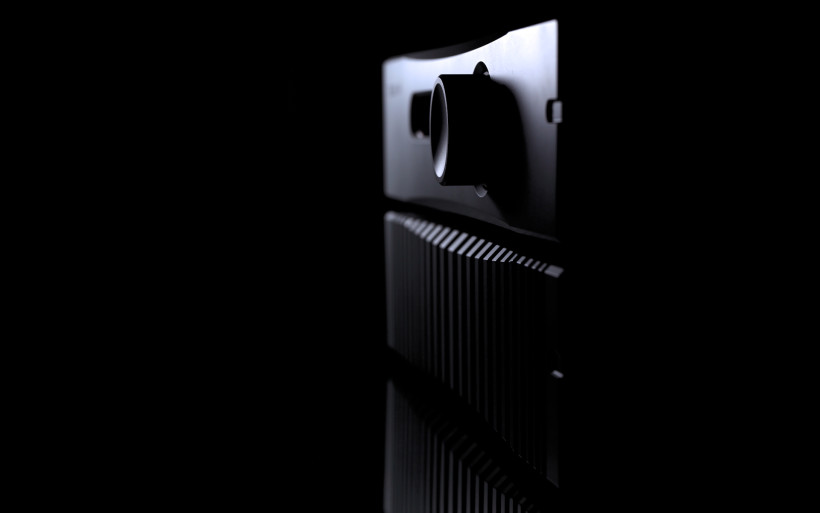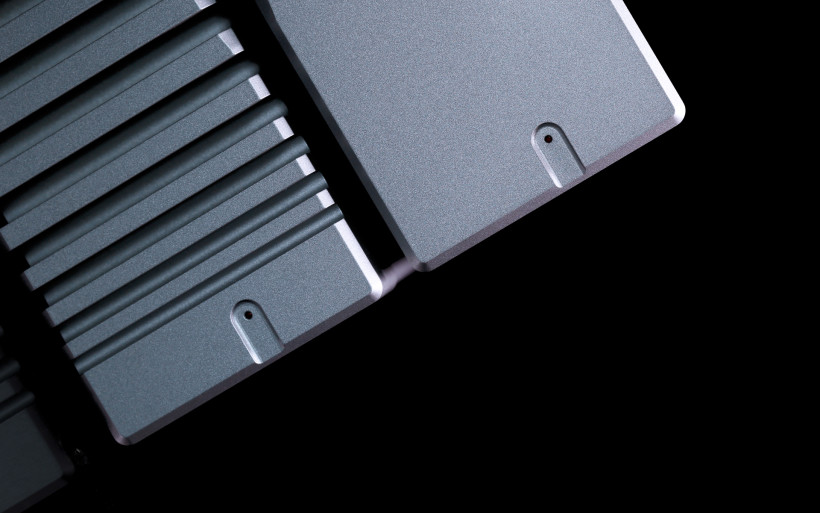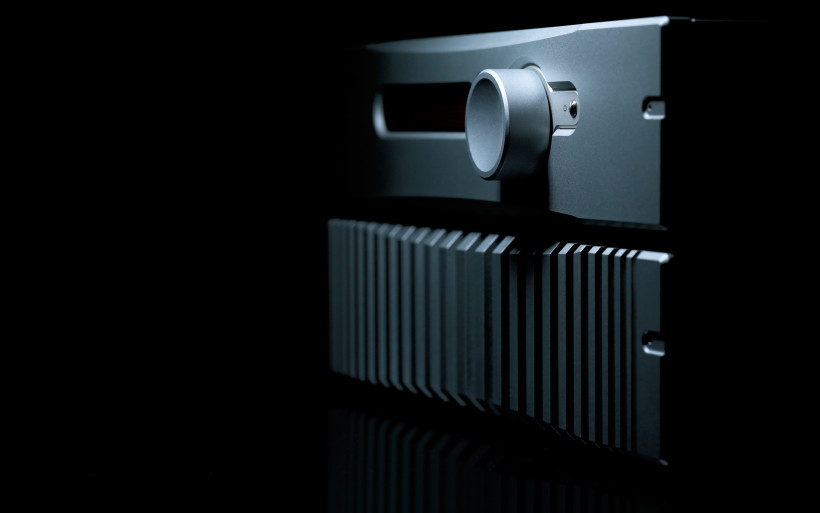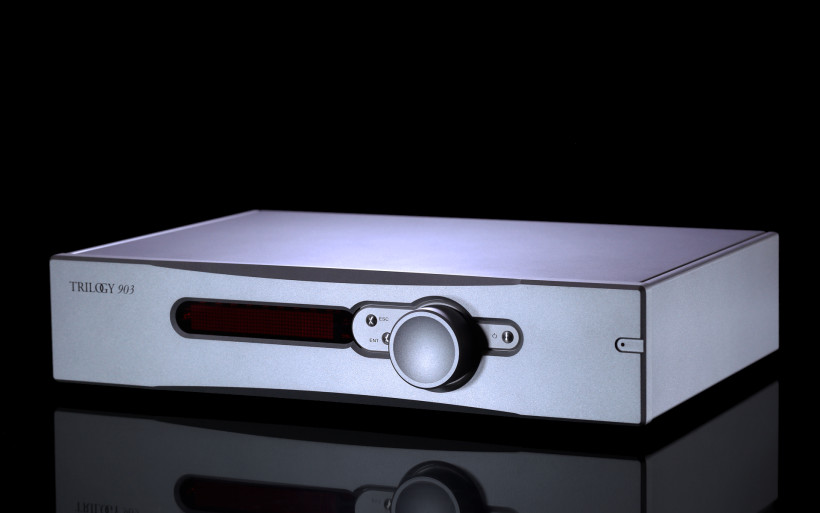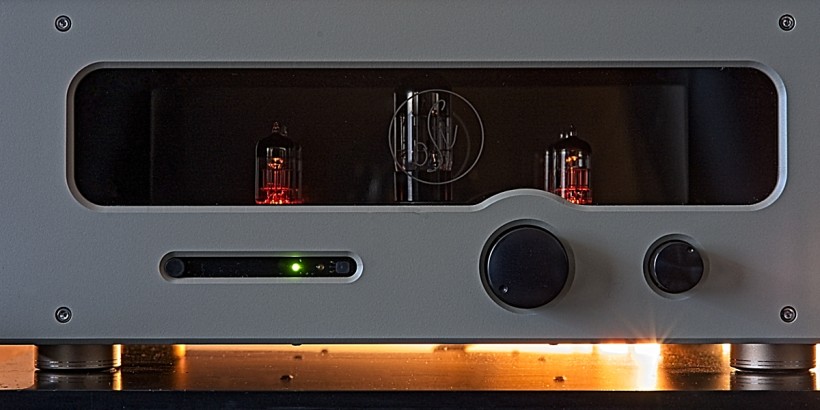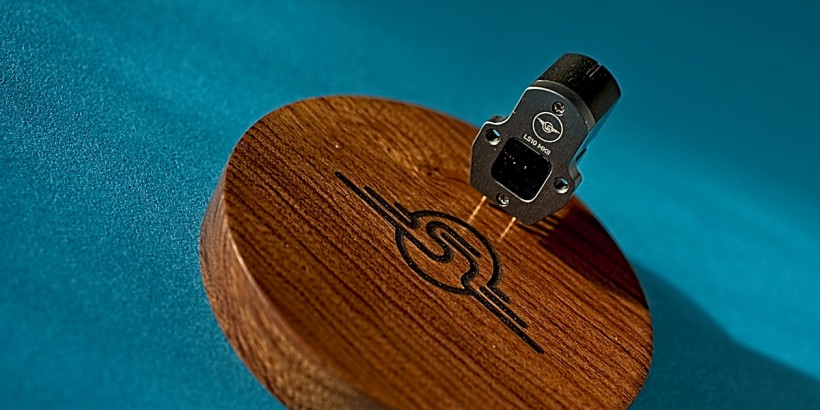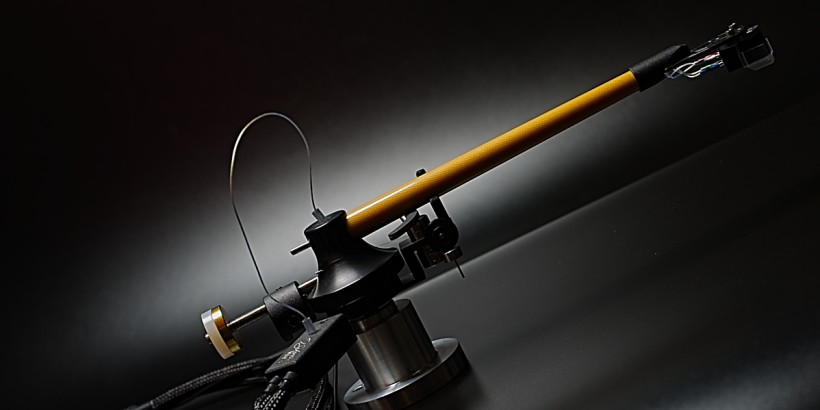A good while ago Nic Poulson said that the Trilogy 925 chapter is finished. This integrated is the pinnacle of what he was able to pull off inside of its limited aluminium frame. But to divide this machine’s innards between two separate boxes and to see what will happen? Now that’s a completely different story. Without further ado, the Trilogy 993 + 903 combo has arrived. Enjoy.
Introduction
The Trilogy 925 and Boenicke Audio W8 duo was showcased for the very first time in 2015 during High End event in Munich. Both brands’ owners shared the same room back then and to this scribe it was one of the most memorable ones back then. The setup inside held its ground firmly and it withstood the journalistic time trial. Eventually both items were purchased and serve me constantly for more than two years now. True, an integrated isn’t the best tool for the journo work, far from it. In order to be more flexible, some additional products had to appear as well. And music/joy oriented Trilogy 925 isn’t exceptional as far as transparency goes. It doesn’t show everything as is, but serves music like a true champ. This machine is very humane so to speak and also completely fatigue-free. That’s the main reason why one can hear it sing for long hours on a daily basis with no irritation at all. This machine involves with its addictive sound with no end and – after familiarizing myself with it very well – I’ve learned to live with its downsides and to appreciate upshots even more now than early on. In short, that’s a beautiful amplifier in many regards, a product to grow old with.
As a manufacturer, Nic Poulson visited Munich in 2016 and his Trilogy 925 was showcased back then yet again. As the man himself puts it, this integrated is the jewel in his portfolio. But on a rack nearby two new products sat as well; the 993 stereo power amplifier and a preamplifier known as the 903. At first it seemed that these two were another devices the English designer was ready to officially launch. He never rushes this process, to a point where it looks like it’s a pleasure for him to take as much time as he needs, to perfect each machine as thoroughly as possible. I was told that each project is born rather fast and its performance is set in stone very early on, though tinkering/optimization/reduction phase is a completely different matter. That’s the most time-consuming part. Each product developed by Nic sounds quite similar on many counts, regardless of its type. It can be easily heard that all have the same father. After a short chat with the man in Munich I was able to partially grasp what he did with his 993 and 903 decks. Back then it seemed that his 925 integrated evolved into two boxes, but that’s the very short version. Only recently I understood fully in which direction Nic went with the Trilogy newcomers and this review is about this exactly.
It’s highly likely that Trilogy 925 won’t have any siblings both from upper and lower price/performance shelves and that’s one of many conscious decisions Nic made. This integrated amplifier was designed to be a stand-alone case. It was built to show this man’s technical know-how in the ‘no corners cut’ fashion as a true statement product should be. From purely marketing perspective this makes a lot of sense as that’s one pricey deck to begin with, that’s very clear. Point being, enthusiasts fond of Trilogy work and on a lookout for a grand integrated solution don’t have to think twice as the choice is only one. But the real question to ask is about logic behind separating this marvel into two boxes. What is this all about?
The 993 + 903 duo has many things in common with Trilogy’s integrated amplifier, yet sits neither above nor below it in the English hierarchy. When combined, two smaller price tags of this combo are quite similar to the big one of the 925. But the latest two-box set is a different beast nonetheless, a manifestation of a new approach where it counts the most. Innards stuffed into only one box net many technical advantages, yet limitations of such a package also exist. And usually to overcome ’em, two or more enclosures at work are what it takes. Fewer cables are needed for an integrated amp to do the job, which saves money and such a product requires lesser space to feel comfy and operational, whereas two- or three-piece setups – although demanding – are far more flexible when the mix’n’matching mode is on. This debate can go on and on, but the main takeaway of this chapter is what’s been done with the sound of 993 and 903 machines in comparison to the 925. On many counts Nic literally turned things upside down and that’s a rather big surprise to anyone familiar with his previous work.
Build
Not too long ago, the Trilogy offer sported two flagship products similar to this review’s heroes; a 909 preamplifier and a 990 stereo power amplifier. Their life cycle ended and for quite a while the only multi-boxed option available was (and still is) much more affordable and far smaller 908 preamplifier and 992 mono amp. Nic made these products deeply convinced that there’s a place on the market for such a jewel alike and petite threesome. Not having a clue how many of these were sold, I can’t say whether his assumption was right. But this writing’s main machines are both successors of both 909 and 990 models and – because of its limited enclosure – also something my reference 925 won’t ever be. After taking a good long look at both the 903 and the 993 it’s quite obvious that these and Nic’s integrated were all designed by the same person and Simon is the man’s name. He did a fabulous job with the only integrated model in the Trilogy portfolio, but with its radically differently sounding two-boxed version he – in my humble opinion – outdid himself.
The 903 preamplifier measures (H x W x D) 10,6 x 46,5 x 31,2 cm and weighs 10 kilograms, hence is quite big though fairly light. This deck is a bit lower in comparison to my 925 reference, but very similar as far as its width and depth go. The enclosure is aluminium finished in satin alike fashion and its individual elements are perfectly matched one to another. The company’s logo is to be found in top right corner of this deck’s massive front and exceptionally readable and in general brilliant big red LED dot matrix display sits a bit to the right. It nicely connects to a recess with ‘ESC’ and ‘ENT’ buttons nearby. These two allow a user to dig into numerous options our preamplifier is loaded with. The next element of this interface is a very big and endlessly rotating volume knob, which serves also as a handy navigation tool. It works very smoothly, is heavy and of quality, which makes it very enjoyable and easygoing to use. Further to the right there’s an on/off button. Both the 925 and the 903 share a very similar front, though there’s one small but noticeable difference. The latter machine has its top and bottom edges nicely trimmed and – subjectively speaking – this feature makes it prettier in comparison to my reference unit.
The preamplifier’s rear is generous. An IEC socket with the main on/off switch neighbors with Trilogy’s proprietary TAS link interface; a pair of RJ-45s and two rows of green diodes. Once connected, both the 903 and the 993 can be turned on via i.e. one remote button press and not two individual ones on each machine. All this we’ve seen already in the 925 case, but it’s not only about convenience measure. The whole system is also a handy diagnostic tool. Trilogy’s preamplifier displays useful data of an amp it’s married to. As per usual with this company, a unique PIN code is needed to get things going for the very first time and there’s no way around it, though this digital lock can be switched off easily later on. Once all numbers are entered correctly, some ~30 s long soft start manifests itself via the ‘Warming up’ message on a preamplifier’s display. Then one can finally sit down, select a desired input and start listening to music. But if s/he’s into tinkering mood, there’s a generous number of available options to play with. For example, the 903’s display can be dimmed or turned off completely, both time and date can be set, channel balance can be adjusted, each input can be named individually etc. Even valves’ working hours are measured and so is each channel’s current temperature. There’s also a number of diagnostic statuses and the product’s manual not being merely a leaflet but a hefty book is the outcome. This preamp could have none of these additions available. But as a perfectionist who always goes an extra mile, Nic had to have multiple extra features on-board. He’s fully aware that majority of his products’ users won’t ever take a deep dive into extensive menu options he implemented. But this man makes audio machines he wants to enjoy within his own four walls. To be a passionate is not a crime after all.
To move further, the 903 is loaded with two main analogue outputs and one auxiliary, whereas there’s six inputs in total and the last one of these fulfills the role of a return channel. There are no obstacles to use the 903 + 993 duo in a home cinema setup, whereas a pair of RCAs closely to the right side is there if one wishes to purchase Nic’s preamp with a phonostage module. The man himself is deeply into vinyl. And just to make it perfectly clear: his 903 deck is a single-ended affair, hence XLRs are off the table, even as a convenience measure. As an option, a nicely looking aluminium PRC controller can be separately bought. The usual suspect delivered in a box with my loaner is a plastic affair which works as intended, but visually doesn’t match this gorgeous deck at all.
The 993’s measurements are very similar to the 903, though the former is almost twice as heavy and that’s hardly any surprise. It’s made as nicely as far as overall quality goes, there’s not a single reason to be picky. The whole front of this power amp is in fact one large radiator with numerous gaps of different width and depth and that’s on purpose. These irregularities provide above the average mechanical and thermal stability for sensitive output devices, and this heatsink’s sculpture makes the whole deck one quite aggressive and posh looker. Subtle trimming of both top and bottom edges happened in the 993 case as well, which amplifies this product’s aesthetics even more if someone asks me. Not much is going on on this machine’s rear, though everything needed is to be found in there. Speaker terminals by Mundorf are of the same type as the ones in my reference integrated deck, hence are reliable, easy to use and able to handle every type of speaker cables out there. The IEC socket is mounted in the center, whereas the main on/off switch and two RJ-45s along with RCA inputs are to be found a bit to the left and right respectively. The second on/off switch is hid under a massive radiator and it’s hard to reach. One will have to lift the machine up a bit to use it and it might be a con to some people. But once both products are bonded, there’s no need to do that at all. The message is clear: these two were designed to work as a team.
Let’s take a peek at the preamplifier’s innards. It’s very easy to get to these, several screws handled in the first place allow one to remove this product’s top cover. The whole circuitry is fitted onto several PCBs. The order in there is omnipresent and – logic silicon aside – everything’s discrete. Three large toroidal transformers power each individual section. Single Soviet NOS 6H6П double triode of Class A operation and military roots is seen on the main board and voltage gain is its duty, whereas in my fully balanced reference 925 two of these were used for the same purpose. Nic cherry-picked this glass because of its high transconductance and not sonic virtues. To put it simply, it’s the right tool for the right job. Volume control is handled via FETs and relays based ladder embedded inside of a chip, whereas that large knob on the 903’s front connects to a digitally managed shaft encoder. Therefore the attenuation process itself is analogue, whereas the UI happens partially in the 0s and 1s domain and the same story is with the 925. These elements are a part of a PCB separated from the main board via metal screen. All gold plated inputs are based on very closely mounted ruthenium coated relays of instrumental grade. The 903 preamplifier is a zero feedback device.
The 993 power amplifier is as interesting inside as the 903 preamplifier. Two large toroidal transformers are a sight to be seen, whereas the smaller one is a choke. According to Nic, this one impacts sound quality greatly; it smoothes voltage swings and noise effectively reduced is the valuable upshot. Large filtering Mundorf capacitors are a part of the PSU as well and so is a battery of 16 smaller ones right next to the IEC socket. The English power amp is loaded with the same Soviet NOS valve, which also is responsible for voltage gain and has its own PSU. Therefore the 993 is a hybrid case but also of push-pull sort and similarities to my reference integrated are quite obvious here. A small MOSFET of Class A bias delivers several early Watts for each channel and when there’s demand for more, two bipolar Toshiba transistors take over and the product shifts to the AB envelope. The 993 machine dishes out 125WPC with a load of 8 ohms and it gets quite hot at work. The total power consumption tops at 740 Watts.
Sound
In order to review the English duo, Swiss Boenicke W8, Polish Cube Audio Magus and Israeli PureAudioProject Trio10 Voxativ speakers were used. As per usual, LampizatOr Golden Gate (Psvane WE-101D + KR Audio 5U4G Ltd. Ed.) handled the D/A conversion task and was fed via Asus UX305LA. Here’s the story.
Just to have this confession properly orderly, it’s good to know what the Trilogy sound signature actually means as there surely is one. The gist is that all of Nic’s products are tuned to sound quite similarly. In order to pull this off regardless of a product type, a very skilled engineer equipped with a set of proverbial golden ears is needed and that’s Mr Poulson in a nutshell. It honestly matters not whether a preamplifier, a power amp, a headphone deck or a phonostage is the case. Everything with a Trilogy logo is on many counts very much alike sound wise.
A fine representative of sound characteristic Nic is after is his 925 integrated amp. This one sounds very tangible, physiological and utterly enjoyable. In this machine’s review descriptive measures such as density, presence, tonal richness, smoothness, grand imaging were all invoked. All this fits to a Class A design and in the 925 case this is true as its MOSFETs are biased like so. But this deck is also about calmness and composure. No, its sound is not slow but present and dignified. Grand control over a given load and marvelously developed muscle tissue lead to exceptionally enjoyable and music oriented performance. My reference integrated isn’t feisty, speed is not its prime domain at all. Yet where things need to rumble downstairs, this is very audible and sensible with ease.
It’s justified to say that the 925 sounds in a benign, slightly warm way though not diluted at all. And that’s what makes this product a very fine music machine and a respectable performer in general. There’s balance in this very enjoyable yet clear and finely sketched approach. Because of its posh character and the ability to tightly grip low FR, Trilogy 925 usually is perceived as a very effortlessly sounding deck and not bulky or overly bloated. When marvelous texturing, no less than grand imaging and not overdone, very suitable dynamics are added on top of this, Nic’s integrated serves a listener and not the other way around. Yes, it’s quite precise, clear and transparent, though these are additive factors very rarely seen on the pedestal. To summarize, presence, vividness and tangibility in music is what Nic really is into and shortly before the arrival of two Trilogy boxes I wondered deeply what he did this time around. In short, the element of surprise was truly great, though the plan he swiftly executed in case of his 903 + 993 combo is fully understandable in the long run. There’s a lot of logic in what he did.
Conceptually the 993 + 903 duo is the more developed and reworked 925 case. Hence the most prominent features served in even more emphasized fashion and everything else elevated a notch or two seemed to be the safest bet. The “more of the same goodness, but better!” thought was what this scribe’s journalistic instinct suggested early on. In short, all this guesswork was dead wrong. Nic’s latest two-piece set is a very different beast to begin with and that’s something heard loud and clear immediately. The man himself shifted the meta audibly, which renders this review’s heroes as machines suitable for a different company and – as practice shows – fit for tasks my reference is not in 100% feasible. Not too long ago there was only one righteous Trilogy way and now yet another one emerged. Now a Trilogy enthusiast can go in two directions as Mr Poulson clearly brought more diversity to his own table, which will surely satisfy more customers. Point being, the 993 + 903 set is neither worse nor better in comparison to the 925, no fight for the crown is on. It’s much more about what hardware an aficionado has already and in which direction he’s willing to go with it. Ain’t choices grand?
What actually happened is very simple on the surface. Despite of a bit lower power output per channel, newcomers together at work are audibly faster in comparison to their integrated sibling, but also leaner and – to put it bluntly – able to throw punches stronger and fiercer. If we assume that a romantic, charming and stately gentleman swiftly able to perform enchanting stunts is the 925, then a chap several decades younger, feistier, more vibrant and restless is represented by Nic’s latest two boxes on the job, but this description is – again – merely a surface scratching, a far-fetched simplification of what’s really going on. The English combo presents itself in such a flashy way only when the 925 is nearby. This two-piece set is not a coarse, over-sketched, thin and lifeless performer at all and it’s heard quite clearly that this team also fits the usual Trilogy sound scheme. Yes, less than thus far but it does nonetheless. The usual suspects check out with no ifs and buts, one gets the complete English package; pleasant thickness, grand soundstage and imaging, vividness, smoothness and the ability to involve a listener in a jiffy via music and joy instead of individual bits abnormally magnified and singled-out. This two-piece set sounds very posh indeed and presumably not one but many people would say that it actually sweetens an outcome to a degree. Well, it might, it all depends on a company nearby and a given context.
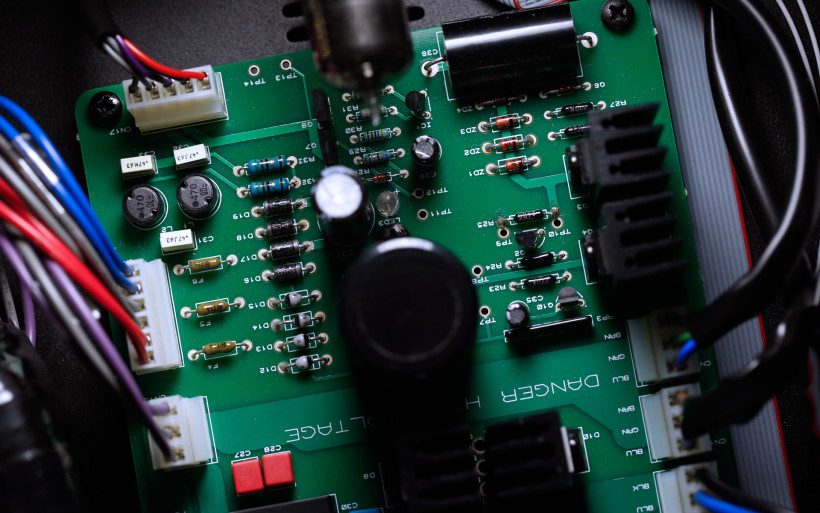 Nothing’s for free, as they say. The 925 is about mass and control, whereas the 993 + 903 duo gives out a bit of muscles and romanticism, yet tighter grip over a given in load is the upshot. And that’s something very audible in the lowest FR, the realm more felt than heard. To make this more understandable, my reference’s bass is more present in the mid section and above which gives more oomph, but slower hence calmer and with limited reach deep down. The two-box team goes lower and is more thunderous and immediate while doing so, which turned out to be what my reference Boenicke W8 speakers needed exactly. These are known to be a difficult load and after extensive mix’n’matching with a generous number of different amplifiers over more than two years time, I can only say that the 993 + 903 team turned out to be the most synergistic and the best hardware for ’em thus far. After a good while with this review’s heroes, Nic told me that to have a product of more or less his usual sound characteristic yet able to handle difficult speakers with ease was his goal this time around. In order to achieve that he needed to separate the 925 and now you know what’s the outcome. This was a spot-on master plan right from the get go.
Nothing’s for free, as they say. The 925 is about mass and control, whereas the 993 + 903 duo gives out a bit of muscles and romanticism, yet tighter grip over a given in load is the upshot. And that’s something very audible in the lowest FR, the realm more felt than heard. To make this more understandable, my reference’s bass is more present in the mid section and above which gives more oomph, but slower hence calmer and with limited reach deep down. The two-box team goes lower and is more thunderous and immediate while doing so, which turned out to be what my reference Boenicke W8 speakers needed exactly. These are known to be a difficult load and after extensive mix’n’matching with a generous number of different amplifiers over more than two years time, I can only say that the 993 + 903 team turned out to be the most synergistic and the best hardware for ’em thus far. After a good while with this review’s heroes, Nic told me that to have a product of more or less his usual sound characteristic yet able to handle difficult speakers with ease was his goal this time around. In order to achieve that he needed to separate the 925 and now you know what’s the outcome. This was a spot-on master plan right from the get go.
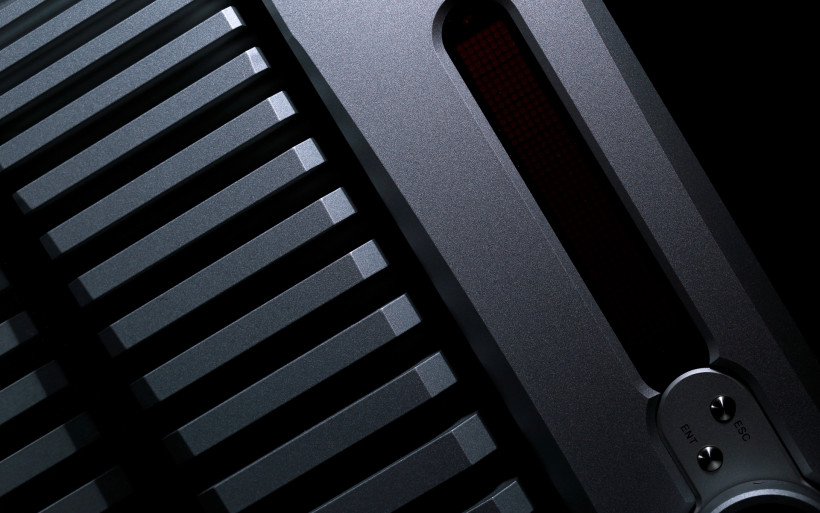 As far as audible FR above bass goes, the same story happened yet again. The 925 was gutsier, rounder, darker and – dare I say – prettier. This integrated was more intimate and romantic, whereas the 993 and the 903 altogether sounded leaner, more openly, less condensed and still way above the average pretty in general. Tonal temperature lower and attitude sharper led to music shown in more truthful way. In the Photoshop realm, saturation got slightly decreased and all contours got a bit bolder hence more present and visible. Decay and lively tissue presence in the highs department check out in both cases, the 925 is slightly trimmed up top and its two-boxed version gets the same job done in more pronounced and clearer way. Nothing short of two a bit different approaches for a picky listener’s pleasure yet again, ain’t it?
As far as audible FR above bass goes, the same story happened yet again. The 925 was gutsier, rounder, darker and – dare I say – prettier. This integrated was more intimate and romantic, whereas the 993 and the 903 altogether sounded leaner, more openly, less condensed and still way above the average pretty in general. Tonal temperature lower and attitude sharper led to music shown in more truthful way. In the Photoshop realm, saturation got slightly decreased and all contours got a bit bolder hence more present and visible. Decay and lively tissue presence in the highs department check out in both cases, the 925 is slightly trimmed up top and its two-boxed version gets the same job done in more pronounced and clearer way. Nothing short of two a bit different approaches for a picky listener’s pleasure yet again, ain’t it?
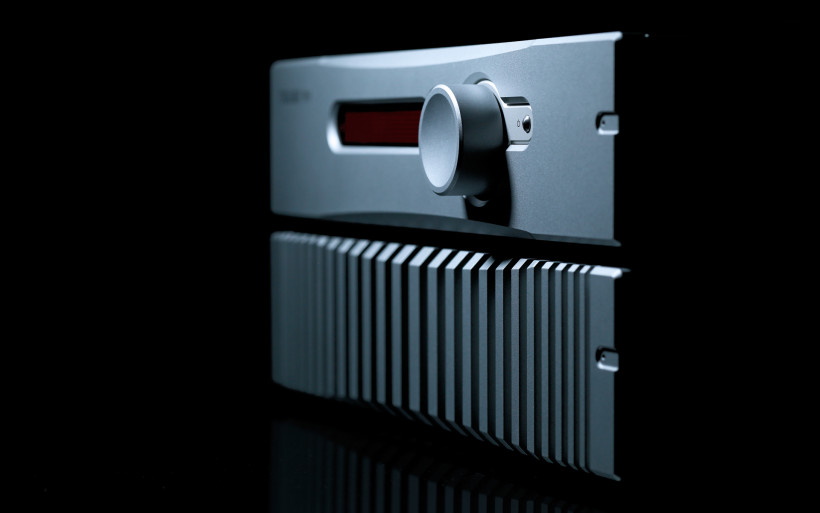 Virtual space generated in front of a listener is also not the same in both English cases. The 993 + 903 set is more open and airier in this regard, though not as direct as the 925. The latter showcases most instruments in more constrictive, but also more substantial and present way and midrange it serves closer, hence tangibility and – again – presence are elevated a bit in the process. But the main takeaway is that there are no bad choices here. As far as quality goes, to my very ears things are even-steven and I’m not able to point my finger in clearly better direction. Being aware of these English decks’ virtues and downsides and his own hardware, a listener has to solve this puzzle alone within his own environment. Despite some similarities among the 925 and its two-boxed version, these are suitable for different companions above all else and that’s very clear. Nic’s integrated works best with truth oriented, agile and not too demanding speakers. Local Trilogy rep knows this very well, hence this machine is often matched with usually amplification friendly speakers by the Austrian Trenner&Friedl audio house. The 993 + 903 team enjoys challenges and married to difficult loads feels unusually comfy. With this two-box affair not only their both impedance and efficiency don’t matter this much, but the same story is also with their sound characteristic. Simply because of the 9xx team’s greater revealing potential in comparison to my reference integrated.
Virtual space generated in front of a listener is also not the same in both English cases. The 993 + 903 set is more open and airier in this regard, though not as direct as the 925. The latter showcases most instruments in more constrictive, but also more substantial and present way and midrange it serves closer, hence tangibility and – again – presence are elevated a bit in the process. But the main takeaway is that there are no bad choices here. As far as quality goes, to my very ears things are even-steven and I’m not able to point my finger in clearly better direction. Being aware of these English decks’ virtues and downsides and his own hardware, a listener has to solve this puzzle alone within his own environment. Despite some similarities among the 925 and its two-boxed version, these are suitable for different companions above all else and that’s very clear. Nic’s integrated works best with truth oriented, agile and not too demanding speakers. Local Trilogy rep knows this very well, hence this machine is often matched with usually amplification friendly speakers by the Austrian Trenner&Friedl audio house. The 993 + 903 team enjoys challenges and married to difficult loads feels unusually comfy. With this two-box affair not only their both impedance and efficiency don’t matter this much, but the same story is also with their sound characteristic. Simply because of the 9xx team’s greater revealing potential in comparison to my reference integrated.
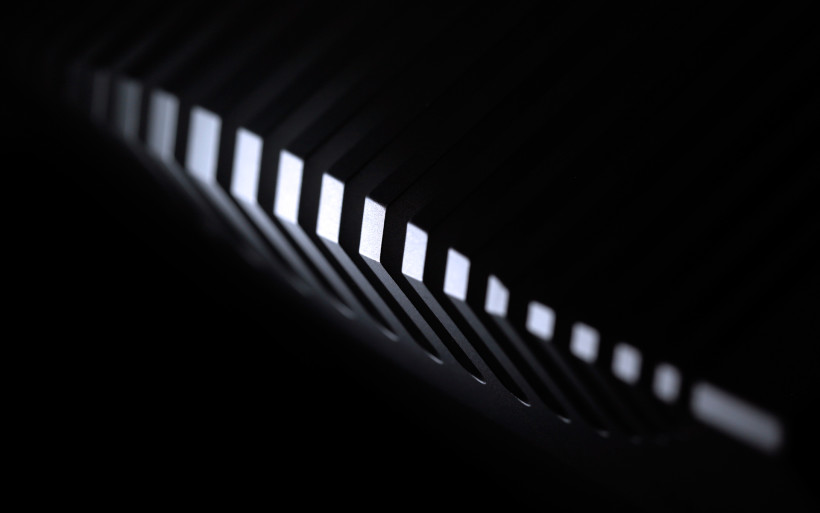 Here’s the major kicker, though. Although more revealing, the 993 + 903 combo puts music in the first place still and that’s heard loud and clear, nothing’s lost in this regard. Confusing, isn’t it? “Which one is it? Make up your mind finally!” – one might say and rightfully so, hence let me explain. There was no exaggeration in stating that – when combined – these machines behave differently than the 925 as they clearly do. But despite of the new and more high fidelity meta presence it’s still heard that Nic designed this set for himself as well. It’s sensible that he wanted it to deliver music and not sounds and – as I’ve emphasized already – he likes it to be served in a particular, joy oriented and involving way and that’s what the 993 + 903 team does brilliantly as well. Not as good the 925, but is respectable in this regard nonetheless. This duo is not an apostate, a freak of nature or a failed experiment in the current Trilogy offer, but admittedly the full-fledged member of this unique English family. Although different, it fits in there easily.
Here’s the major kicker, though. Although more revealing, the 993 + 903 combo puts music in the first place still and that’s heard loud and clear, nothing’s lost in this regard. Confusing, isn’t it? “Which one is it? Make up your mind finally!” – one might say and rightfully so, hence let me explain. There was no exaggeration in stating that – when combined – these machines behave differently than the 925 as they clearly do. But despite of the new and more high fidelity meta presence it’s still heard that Nic designed this set for himself as well. It’s sensible that he wanted it to deliver music and not sounds and – as I’ve emphasized already – he likes it to be served in a particular, joy oriented and involving way and that’s what the 993 + 903 team does brilliantly as well. Not as good the 925, but is respectable in this regard nonetheless. This duo is not an apostate, a freak of nature or a failed experiment in the current Trilogy offer, but admittedly the full-fledged member of this unique English family. Although different, it fits in there easily.
 Several speakers on rotation also netted some interesting results. Not only Boenicke W8, but also Trio10 Voxativ liked Nic’s latest decks more. These Israeli open baffles benefit from amplifiers able to properly grasp their 12″ woofers, hence such an outcome was quite expected. And these floorstanders are a bit soft and sweet performers already, therefore additional sugar injection via the 925 didn’t bring much to the table, on the contrary to far tighter grip the English duo provided. A bit saturation of the integrated machine was the price to pay with a smile on my face, whereas stronger, feistier and more agile bass was the very valuable upshot, especially in the lowest audible FR. This I enjoyed thoroughly in both speakers’ cases. And lastly, Cube Audio Magus is a product that will go with literally everything there is and having said that, it played along with all three Nic’s products I had on hand. The more thorough description is to be found here, please feel free to take a look to make this writing more complete and now it’s high time to finish it finally.
Several speakers on rotation also netted some interesting results. Not only Boenicke W8, but also Trio10 Voxativ liked Nic’s latest decks more. These Israeli open baffles benefit from amplifiers able to properly grasp their 12″ woofers, hence such an outcome was quite expected. And these floorstanders are a bit soft and sweet performers already, therefore additional sugar injection via the 925 didn’t bring much to the table, on the contrary to far tighter grip the English duo provided. A bit saturation of the integrated machine was the price to pay with a smile on my face, whereas stronger, feistier and more agile bass was the very valuable upshot, especially in the lowest audible FR. This I enjoyed thoroughly in both speakers’ cases. And lastly, Cube Audio Magus is a product that will go with literally everything there is and having said that, it played along with all three Nic’s products I had on hand. The more thorough description is to be found here, please feel free to take a look to make this writing more complete and now it’s high time to finish it finally.
Summary
The confession up above leads to one simple conclusion: the 993 + 903 combo handled my notoriously difficult to drive Boenicke W8 floorstanders much better than the 925. Just to be perfectly clear, the latter brings me a lot of joy and is in constant use in my daily routine. It’s nothing short but a fantastic integrated. But as far as bass control and speed go, Nic’s latest two-piece set got the job done in a very synergistic fashion with Swiss speakers, it simply has what these wooden boxes need the most with everything else covered on top of that. The English integrated enjoys their company as well, but with the 993 and the 903 duo at work, well, changes were of magnitude far too great to not take them into serious account. Point being, this team takes care of difficult loads in more effortless and easygoing fashion, hence audibly better.
The story up above showcases well enough what Nic Poulson’s latest two-piece set really is and in what environment it’ll work the best. It thrives on challenges. In my case no major quality leap happened, yet the meta shifted extensively and the two boxes by this gent clearly defined a new path I’ll gladly follow once an opportunity strikes. In audio nothing’s for free, hence a bit of fabulous midrange, enjoyable muscularity, general substance and vividness have to be given in return. Needless to say, a subjective enthusiast deep inside me will miss those. But transparency and a proper work tool are major upshots, on these counts the objective journalistic side will be very pleased. A separate preamplifier provides more room to maneuver, hence this in general very practical agenda is something this scribe can’t ignore.
Personal dilemmas aside, the 993 + 903 combo is marvelously built, very functional and easy to use. One will know in an instant where all the money went, though that can be said about many expensive audio machines. But a person familiar with the Trilogy portfolio will see much more. Nic’s latest addition isn’t an outcome of merely a lucky coincidence. On the contrary, it was made to complete the current line-up in a very smart way. The initial goal was to deliver something brand new at first glance and able to satisfy different needs, yet also similar in comparison to the rest of the English flock. Sound characteristic shift that occurred with all of its successions was fully intentional. Yet the music’s in the first place still, nothing got lost along the road and this matter was probably set in stone as early as on a concept based R&D, aka. the drawing board stage. Years were needed for this intelligent, well-thought and rational master plan come to fruition, yet it surely was worth the wait. This writing’s duo is fabulously sounding and highly addictive hardware, which involves a listener via measures very different in comparison to the rest of Nic’s machines, but of impressive quality as per usual. Long live diversity and ’till next time!
Associated equipment:
- Amplifiers: Trilogy 925
- Sources: Lampizator Golden Gate (Psvane WE101D-L + KR Audio 5U4G Ltd. Ed.)
- Speakers: Boenicke Audio W5, Cube Audio Magus, PureAudioProject Trio10 Voxativ
- Transports: Asus UX305LA
- Speaker cable: Forza AudioWorks Noir Concept, Audiomica Laboratory Celes Excellence
- Interconnects: Forza AudioWorks Noir, Audiomica Laboratory Erys Excellence
- Power supply: Gigawatt PF-2 + Gigawatt LC-2 MK2 + Forza AudioWorks Noir Concept/Audiomica Laboratory Ness Excellence
- Rack: Franc Audio Accesories Wood Block Rack
- Music: NativeDSD
Retail prices of reviewed components in EU (excl. VAT):
- Trilogy 993: 7 990 €
- Trilogy 903: 7 990 €
Manufacturer: Trilogy Audio Systems


